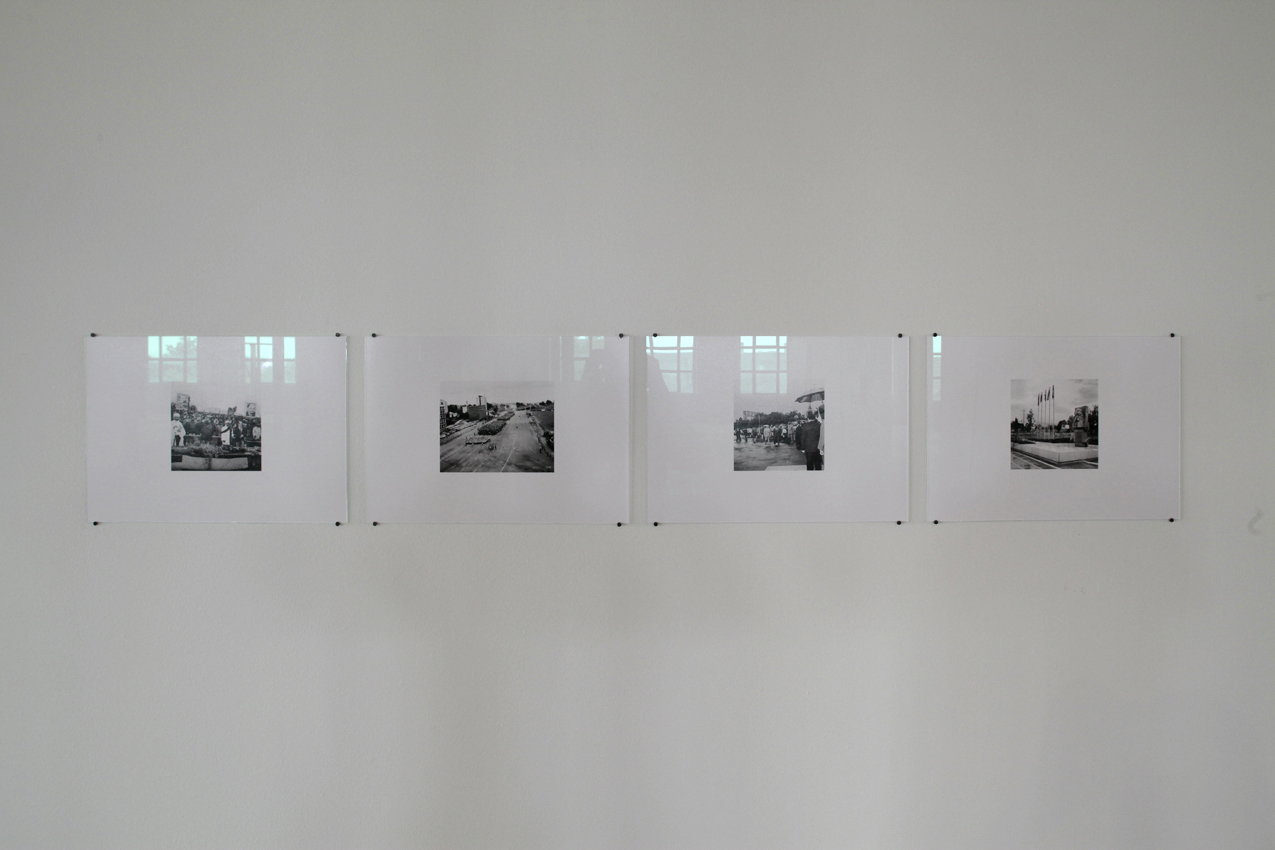Between 1975 and 1991, Ethiopia was governed by a military dictatorship under Mengistu Haile Mariam. The 1974 overthrow of Emperor Haile Selassie signified the country’s shift from a monarchical government to a Socialist People’s Republic. Until the collapse of the regime in 1991, this historical event was commemorated with Revolution Day, celebrated each year on September 12. During this period, Ethiopia became the closest ally of the worldwide socialist bloc in Africa. The government maintained close relations with the Soviet Union, the German Democratic Republic (GDR), North Korea, and Cuba, and received massive military and economic support. Always with a camera at the ready, Tekle Belete witnessed these ongoing changes in the twentieth-century history of his home country and its capital Addis Ababa, and thus built an exceptional photographic archive for the years 1957–1984 (Ethiopian Calendar) and 1965–1991 (European Calendar).

Installation View, Halle 14, Leipzig 2012
© Produzieren/ Armin Linke
3rd Ethiopian Revolution Day celebrated at Revolutionary Square (today Meskel square) in 1970 according to Ethiopian calendar (1978 European calendar).
Photography, 30 × 40 cm
Parades of military, students and workers celebrate the 10th Revolutionary Day at Revolutionary Square (today Meskel square) in 1977 after Ethiopian calendar (1984 Europe calendar).
Photography, 30 × 40 cm
Inauguration ceremony of the Karl Marx memorial bust at Sidist Kilo (Martyrs Square) in Addis Ababa in 1984. The bust was chiseled by the East German sculptor Jo Jastram and donated by GDR on the occasion of the 10th Ethiopian Revolutionary Day.
Photography, 30 × 40 cm
Inauguration of the Karl Marx memorial in 1984 with Mengistu Haile Mariam (president of Ethiopia 1977–1991) and representatives of the GDR government. The bust exists today still.
Photography, 30 × 40 cm